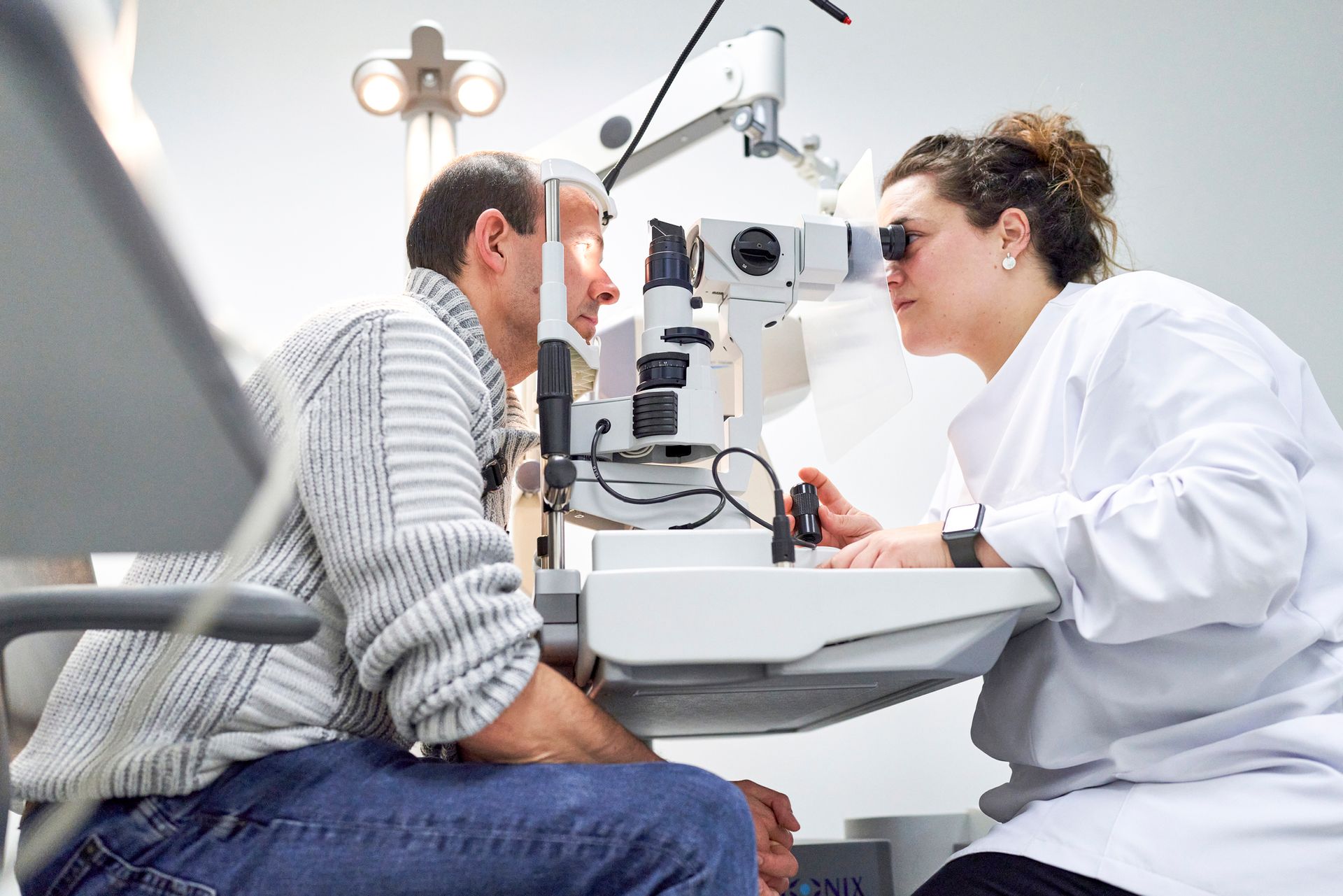Eyes Too Dry to Wear Contacts? Check for Blepharitis
- By Admin
- •
- 22 Oct, 2019
- •
Dry eyes may seem like a small issue, but it can be annoying or downright impossible to wear contact lenses if you suffer from it. Even though eyes tend to become drier as a person ages, numerous causes for dry eyes exist.
Farsightedness and astigmatisms cause imperfections in the eye's curvature and focusing ability, which, in turn, can cause dry eyes. Dry eyes can be side effects of certain health conditions, like rheumatoid arthritis and lupus. Even something simple like sitting in front of a computer screen can cause this issue.
However, if you have dry eyes accompanied by eyelid inflammation, you may want to visit an ophthalmologist to check for blepharitis.
What Is Blepharitis?
Blepharitis is an inflammatory condition where the glands around eyelashes clog. Besides causing dry eyes, you may have:
- Red eyes
- Crusty eyelashes
- Gritty sensation on eyes
- Photophobia
- Lack of eyelashes from rubbing
- Irregularly growing eyelashes
While blepharitis can be from a dysfunction with oil glands around your eye, it can also be from:
- Eyelash mites from old makeup or dirty pillows
- Skin conditions like rosacea or seborrheic dermatitis
- Allergies (some people are allergic to their contact solution)
- Bacteria, like those that cause staph infections
Your eye doctor can prescribe eye drops that can help ease the blepharitis. If your blepharitis is from bacteria, then you may need antibiotics. Be sure to throw out any old makeup, and avoid wearing any eye shadow or mascara while your eyes heal.
Once your dry eyes heal, then you can start wearing contact lenses again. In the meantime, wear prescription glasses.
What If You Want Contacts But Are Prone to Blepharitis and Dry Eyes?
Even if you take good care of your eyes, you just might be more susceptible to this condition if you have bad allergies or an autoimmune disease.
Thankfully, contacts exist on the market that can be good solutions to your dry eyes. Different contact brands have varying levels of wetness. Ironically, the wetter the contacts, the drier your eyes can become. This happens because these contacts will draw moisture from your eye to maintain their wetness. So, ask your doctor about contacts that don't need as much water.
Gas permeable (GP) lenses can be great options for people prone to blepharitis and dry eyes. These contacts are easy to clean and disinfect, so your risk of a bacterial infection will decrease. GP lenses also reduce the chances of dry eyes since oxygen is able to pass through these contacts and reach your cornea.
GP lenses do take some getting used to. Soft lenses are large and tuck under upper and lower eyelids, so you don't feel them when you blink. GP lenses, on the other hand, are usually smaller, and so you may feel the contacts at first until you get used to them.
But if you suffer from blepharitis, smaller contact lenses can be better since they won't rub on the inside of your eyelids. Since blepharitis causes inflammation and itchiness, a larger lens could be irritating and cause you to rub your eyes more.
Can You Wear Contact Lenses All the Time?
If the blepharitis is treated fully, then your doctor may say that you can return to wearing contact lenses full time. But if you know you are prone to the condition, then you may need to make some compromises to reduce the risk of dry eyes.
For instance, you may have worn your contacts all day in the past, but you may need to compromise and change into glasses once you get home from work or school.
When working on a computer, you may want to wear your glasses to reduce eye strain. If you want to wear your contacts while working on a computer, follow the 20-20-20 rule. This is where you give your eyes a break every 20 minutes and look at an object that's about 20 feet away for 20 seconds. Set a timer on your phone so you don't forget.
Contact Calvert Ophthalmology Center for more information on contact lenses and continuing eye care.











